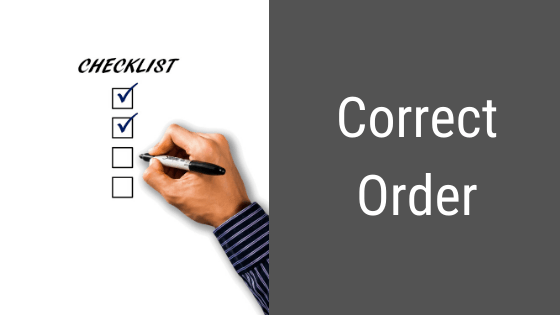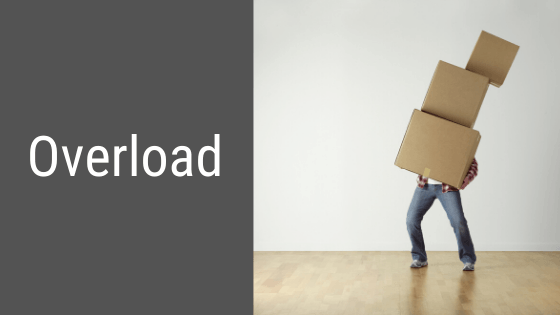Are you doing all you can to keep your body in it's best shape? Are you training regularly but perhaps focusing too much on one area and neglecting others?
Well, you're not the only one. Here's 5 tips to help you get the most from your workouts and build your best balanced body yet...
More...

Perform major and minor muscle group exercises in the right order
Major (or compound) muscle group exercises, such as the squat, involve numerous large muscles.
In the squat example - the quadriceps, hamstrings, glutes and calf muscles. They work in unison to carry out the movement.
Minor (or secondary) muscle group exercises, like the biceps curl or triceps extension, use smaller, less powerful muscles. These muscles often work in 'isolation' to move the weight.
Your workout should combine both types of exercises to achieve the perfectly balanced physique. Imagine the major muscle group exercises as the main items of clothing you put on - suit, skirt and top, jeans, etc.
The minor exercises are like the accessories - ties, shoes, watch, earrings. All items combine to create your appearance. It's the same with selecting weight-training exercises - the right complementary exercises can create the perfect look.
Work your major muscle groups first because exercising large muscles will be more tiring. You'll still have enough energy for the smaller moves.

Overload your muscles
To create change in the size, definition and strength of your muscles you must overload them.
To do this, the last few repetitions of each set must be challenging. Still performed with good form and technique, but they should be a struggle.

Optimise your rest and recovery during and after your workouts
To build a balanced physique, whatever your body type, you need to allow your muscles plenty of time to recover and adapt.
Weight training breaks down muscle protein and empties muscles of their fuel (glycogen) content. It can take up to 48 hours for them to regenerate and re-stock with glycogen.
During this rest period, your strength and size gains materialise.
So don't overtrain - three quality weights workouts a week are enough to develop quality muscle. Ectomorphs need to be particularly aware of overtraining.
READ ALSO: Overtraining Syndrome & How to beat it
Take two minutes recovery between each set of repetitions. Weight training is a short-term anaerobic activity. It relies on stored phosphates to create energy.
Good recovery will allow these stores to replenish and keep you lifting strongly.

Balanced Eating equals a balanced body
Protein, which you can find in eggs, milk, meat, tofu, beans and pulses, is a great muscle builder. To get the most from your muscle-balancing workouts, prioritise protein intake. Go for 1.7g of protein per kg bodyweight each day to maximise growth and recovery.
You need to ensure you get all your essential amino acids from protein. Your body can't make these. Non-essential amino acids can be made in the body, provided enough of the essential amino acids are present.
So that you know the level of inclusion of all the essential amino acids, proteins are given a rating out of 100. Fish, for example, has a rating of 70, milk 67 and brown rice 57.
To further boost your training, make sure you obtain other daily calories from great carbohydrate sources. Think brown rice, bananas, raisins and lean meat.
It's best to avoid saturated fat, but this doesn't mean you should forget fatty foods altogether. Aim for higher intakes of monounsaturated and polyunsaturated fats than saturated fats like butter, meat, cheese, etc. Think olive oil, vegetable oil, nuts, seeds, oily fish, etc.
Aim for less than 30% of your daily calories to come from fat.
If you need to lose weight to reveal balanced muscles, reduce your calorie consumption by no more than 15%. If you need to increase your weight, up your calorie consumption by 15%.
A sports nutritionist or dietitian can really help you nail this.
GET IN TOUCH: Custom Meal Plans and Nutrition Coaching
Finally, spread your meals out over the course of your day to help keep your energy levels up.

Concentrate on the lifting and lowering weight training phases
The lifting or raising part of a weights move is known as the concentric phase. The lowering action is known as eccentric. Most muscular movement is concentric, but this does not mean you should ignore eccentric muscular action.
To further balance muscular action, strength and size, lift your weights to a steady 'one-two-three' count. Lower them to an equally steady 'one-two-three-four' count. You'll recruit maximum amounts of muscle fibres which will lead to great muscular development.
